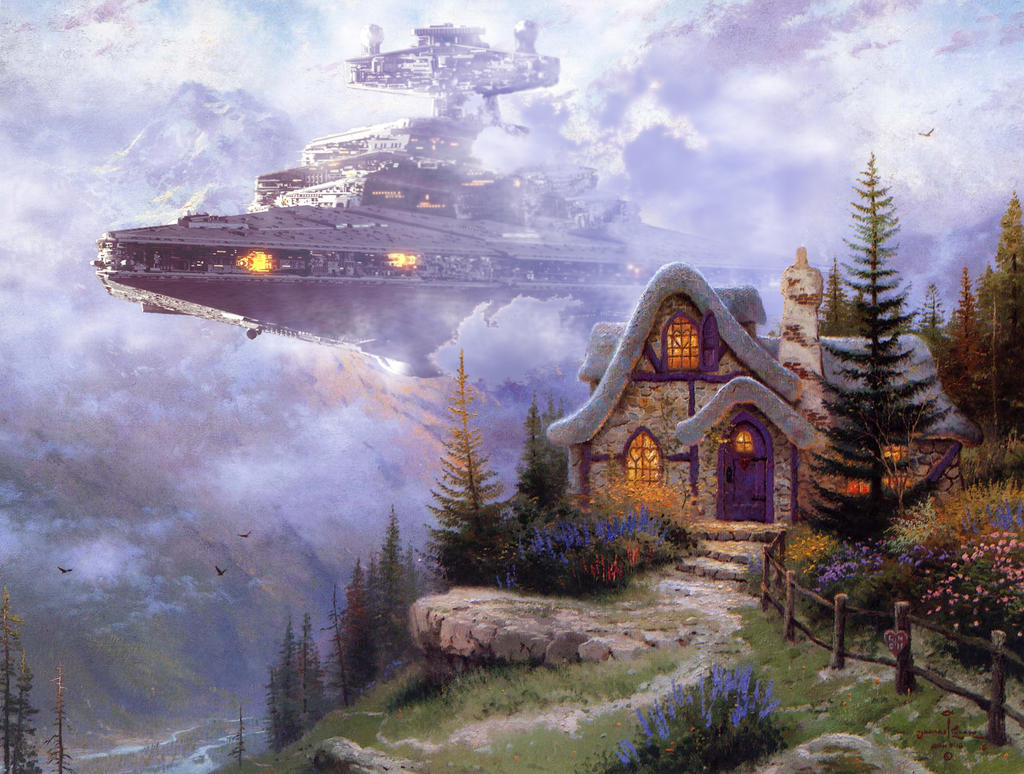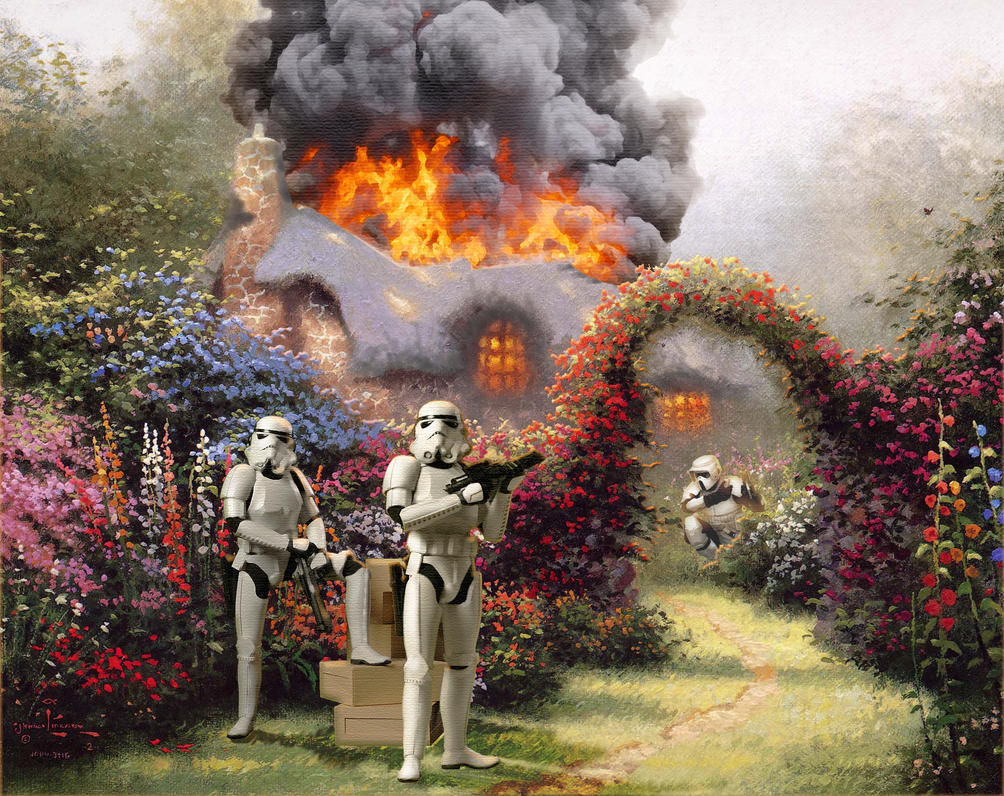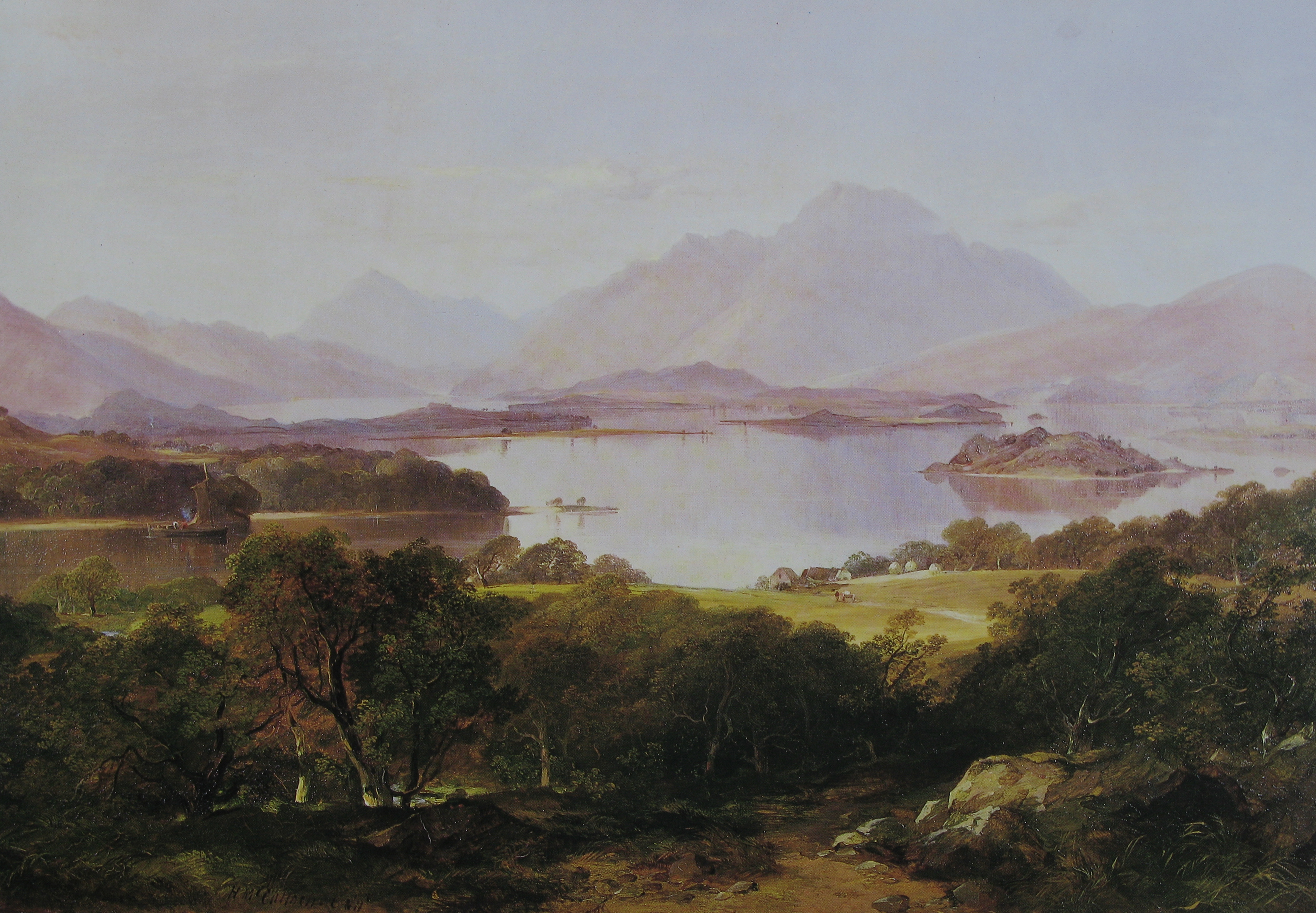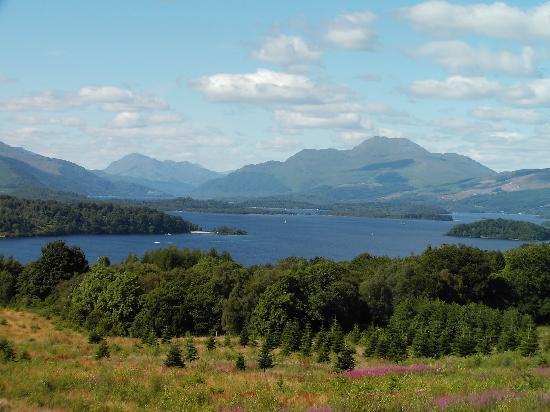Banksy—as everyone in the world knows—was recently in New York. While there, he submitted the above screed to the New York Times (which, recognizing a publicity stunt, didn’t print it). Apparently Banksy never saw the late, lamented Twin Towers, or he’d know better than to call the new buildings an “eyesore.”
Since that ghastly day in 2001, the Twin Towers have achieved icon status. Before that they were pretty unloved: austere and unremarkable except for their size, which proved to be their Achilles heel. I had lunch with a friend on Sunday who mused, “They really weren’t so bad,” of his time working there. As an epitaph, it’s not exactly inspiring.
Like the former Sears Tower in Chicago, the so-called Twin Towers were conceived and built during the Cold War, when the rush to have the tallest building in the world still meant something to Americans.
 |
| It’ll be shiny and new, with a whiff of the desktop about it. Is that really so bad? |
David Rockefeller called the impulse behind the Twin Towers “catalytic bigness,” by which he meant a project whose sheer size and impact would push further private development in Lower Manhattan. It helped that his big brother Nelson was the governor of New York at the time.
Hard to know what drove those Rockefeller men to projects of such gargantuan immensity, but they have a lot to answer for—first and foremost being the excrescence that is the Empire State Plaza in Albany. Walking on it makes you understand what it really means to be an inconsequential speck in the maw of government.
 |
| In addition to its soulless architecture and inhuman scale, the Governor Nelson A. Rockefeller Empire State Plaza acts like a wind tunnel, which is why it has an underground concourse. This, sadly, contains some of the worst examples of 1970s artwork. The acoustics in the Egg, however, are excellent. |
Even though we’re totally broke now, the United States is indisputably the ruler of the world. The need to prove ourselves by building big buildings has passed. Superscrapers get built in places whose names we don’t even recognize, and we pause in the drinking of our coffee to say, “That’s nice,” and move on.
We’re on to other things, Banksy. We’re a busy people. But one more thing: I realize you’re now an icon of respectability (and maybe that’s your problem with the World Trade Center), but graffiti really is an awful intrusion. Go ahead and do it on carefully-selected buildings in Queens and Brooklyn, but by encouraging lesser talents to tag buildings, you’re just contributing to further urban blight.
Let me know if you’re interested in painting with me in Maine in 2014 or Rochester at any time. Click here for more information on my Maine workshops!
















